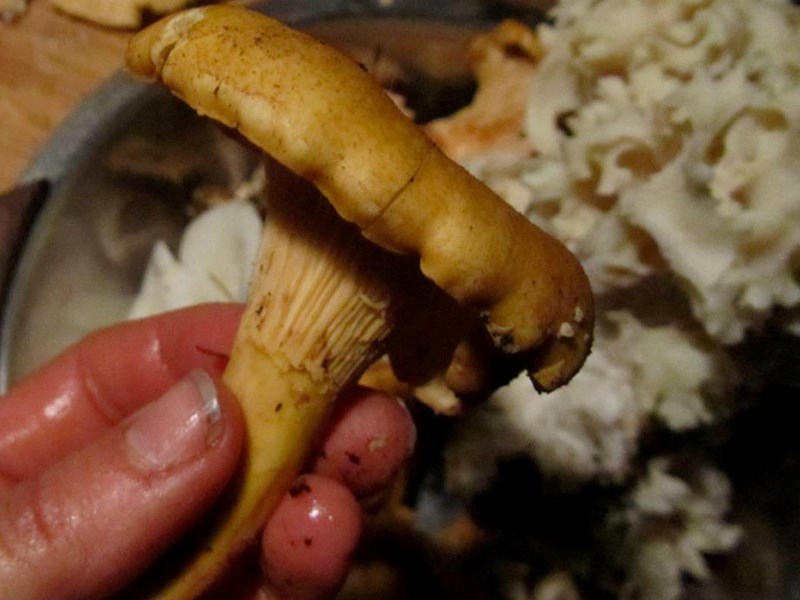Mushrooms from under the forest floor and tree bark are starting to peek their heads out and whisper, “Pick me, pick me.” It is that time of the year.
Tasty chanterelles, roasted pines and hardy lobsters are among many mushrooms locals share their plates with, but it turns out that mushrooms are more than just delicious. Nowadays, mushrooms are finding uses as building materials, packaging, textiles and remediation for contaminated soil.
Can mushrooms replace particle board and home insulation?
Mycelium, the root system of mushrooms, can be fashioned into almost any shape. Dried mycelia can be placed in a mould and have water added to reactivate the mycelia, followed by a time of heating to dry and stop growth. The whole process takes only a few days, resulting in a lightweight, strong, mould-resistant, water-resistant and fire-resistant material that can be used as structural building bricks, insulation and as an alternative to polystyrene packaging, to name a few.
While it may not be used for skyscrapers anytime soon, a 40-foot, mushroom-brick structure has already been installed at the Museum of Modern Art in New York. Ecovative Design won an award for its use of mycelia as packaging and also built a tiny home using panels of mycelial insulation.
You may have heard that wild mushrooms have been used to dye fibres such as wool and silk, but did you know designers are now using mycelium as a fibre to create clothing and textile accessories?
Rather than being woven, sheets of materials are grown and then moulded by placement onto mannequins and other shapes. The antimicrobial, moisture-absorbing and compostable textiles could eventually replace their synthetic alternatives. A mushroom leather and suede may also be slated to take the fashion industry by surprise.
Yet another innovative exploration into uses for fungi is for removing harmful contaminants from the soil. Oyster mushrooms have been show to reduce E. Coli and slimy spike-cap mushrooms have been reported to absorb radioactive Cesium-137.
Other mushrooms such as turkey tail and some stropharia are able to pull apart and degrade very complex carbon-based compounds that could allow for mycroremediation of soil and water. This could prove to be an interesting exploration locally as we move toward the cleanup of the old incinerator site off of Marine Avenue near Willingdon Beach, which is still home to more than 35,000 cubic metres of toxic fly ash.
Mushroom season may take on a whole new meaning as area residents ponder their many uses.
Let’s Talk Trash is Powell River Regional District’s waste-management education program.



